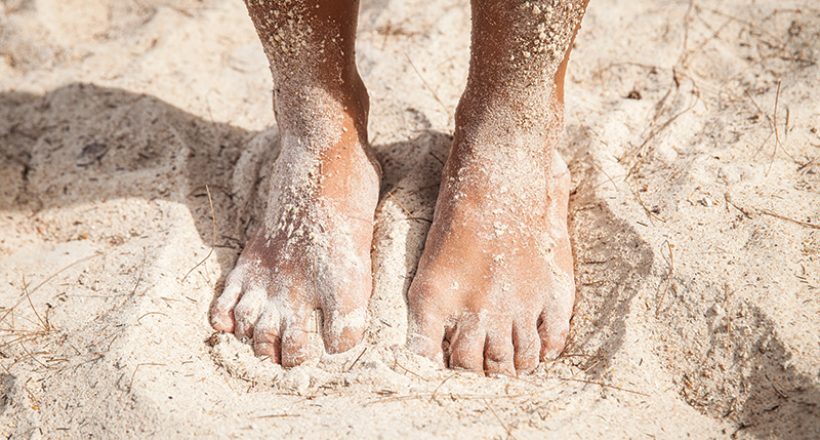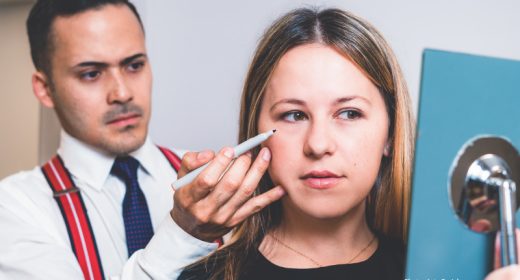
The Doctor Is In – Sand Flea Bites
- JAN 05, 2019Warning: count(): Parameter must be an array or an object that implements Countable in /home/howlermag/public_html/old/wp-content/themes/new-paper/includes/general.php on line 193

Your Lead Paragrpah goes here
Nothing is worse than enjoying a beautiful Costa Rican sunset then waking up in the middle of the night with your legs red and itchy from the common sand flea. What are these little nuisances and what should you know about their bites?
Contrary to its name, a sand flea belong to a small crustacean category that includes the mole crab, sand crab, sand mite, sand tick, sea cicada and sand fiddler. A tough exterior skeleton enables the sand flea to hold its appendages close to the body. This plays a very important part in its ability to move through tidal currents. Small in size, these crustaceans can range between 0.5 inches and two inches in length.
Do not scratch the bites
as it can increase the
chances of infection.
Bites are usually confined to the feet, ankles and legs, being closest to the ground, as sand fleas can only jump as high as eight to 15 inches.
There are two types of sand flea bites or irritations. The first type isn’t worrisome, but does cause an allergic reaction to the injection of saliva into your skin, appearing as a red welt. Those are the ones you wake up to at night swearing off the sunset beach frolics. Swollen areas of the skin with black spots in the center are more cause for concern. This occurs when a female sand flea burrows into your skin and lays eggs. In this case, it’s best to seek medical attention to remove the eggs.
Treating sand flea bites is quite simple. First, do not scratch the bites as it can increase the chances of infection. Apply calamine lotion or hydrocortisone cream to control the itching. Baking soda mixed with water will give temporary relief. Soaking in an oatmeal bath will also reduce the itching. Aloe vera, which is great for all kinds of wounds, also has a soothing effect on sand flea bites.

Six Ways to Prevent Sand Flea Bites In Costa Rica
- Don’t go to the beach after it rains. Rain cools the air and causes the fleas to be very aggressive
- Avoid early or late hours. Before 10 or 11 am and after 5 or 6 pm are favorite times for these fleas to come out and eat (bite!).
- Avoid areas with seaweed. If you see lots of seaweed or sea plants washing up on shore, leave the area. This is prime feeding time for the fleas.
- Cover yourself in repellent. Whenever there’s a chance of encountering sand fleas, apply repellent to your entire body and clothing. This will also ward off mosquitoes and other pests. Always re-apply repellent as often as possible.
- Always bring a towel or blanket. A towel and/or blanket should be placed on the sand as a barrier between you and the fleas. A beach chair is even better.
- Wear foot protection. Unlike dog or cat fleas, sand fleas do not jump high off the ground, and they can’t bite through clothing. Since your feet and ankles are most susceptible, protective footwear can go a long way in preventing these itchy and potentially infectious bites.









